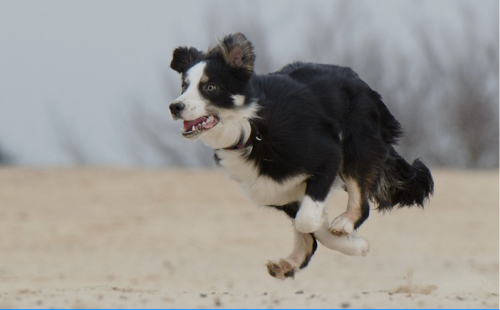Optimizing Surgical Workflows: Best Practices for Improving Veterinary Efficiency

Surgical procedures require meticulous planning and execution to ensure smooth veterinary clinic operations. The optimal surgical workflow can streamline hospital operations and improve team efficiency. On the other hand, inefficient workflows can limit the number of daily surgeries the practice performs, which limits revenue and your ability to meet client needs. Here is an overview of best practices for improving veterinary efficiency, from preoperative planning to postoperative care, in your practice.
Preoperative planning
Preoperative planning sets the foundation for a successful surgical workflow. The veterinary team relies on an accurate, detailed surgical schedule to get a head start on the day. The main hospital schedule or digital whiteboard in the practice management software should provide:
- Scheduled procedure details
- Patient weights
- Procedure orders
- Anesthetic risk category
Veterinarians scheduling pets for surgery should ensure all medical record entries are complete and finalized before surgery day, especially if a different veterinarian will perform the surgery. Sending estimates and consent forms to clients ahead of time can streamline morning intakes to improve veterinary efficiency. Performing preoperative blood work and other screening tests before surgery day reduces surprises and potential delays. Veterinary assistants should learn to read the next day’s surgery schedule and ensure all necessary instruments and packs are sterilized, wrapped, and ready.
Team member utilization
Effective team member utilization is crucial for improving veterinary efficiency. Each team member has an important role and should be utilized to the fullest extent of their license or position. The veterinarian’s roles include assessing the patient, writing orders, and performing surgery, but the team handles everything else. AAHA’s technician utilization guidelines recommend that credentialed technicians, with the help of veterinary assistants, perform preoperative preparation, anesthetic monitoring, and post-operative care on surgery day. Using clear protocols and assigning each team member a specific role ensures everyone knows their responsibilities and can work together seamlessly.
Operating room design
An optimal operating room (OR) layout can save crucial time before, during, and between procedures. Arrange the OR to ensure that all necessary equipment, including packs, sutures, fluids, and other necessities, is in easy reach. Consider the best movement paths through and around the room and place tables, stands, and anesthetic machines appropriately. After setting up a new OR, ask team members for feedback on the room’s utility a few weeks or months later and adjust accordingly.
Patient preparation
Standardized patient preparation protocols, including fasting requirements, preoperative medications, preoperative testing, and drug selection, keep all team members on the same page regarding patient prep. With protocols in place, staff can prepare patients without waiting for specific orders, allowing the veterinarian to work on other tasks. Checklists ensure no steps are overlooked and maintain consistency across procedures. This practice not only improves veterinary efficiency but also enhances patient safety.
Postoperative care and follow-up
Protocols and checklists are also helpful in the postoperative period. Develop standardized postoperative protocols and assign team members or roles to recover patients, input charges, turn over the OR, and discharge patients. Consider whether one team member should stay with a specific patient all day or each team member should perform specific tasks, such as induction and monitoring, for all surgical patients that day. Use veterinary software to schedule follow-up appointments and automated reminders.
Leveraging technology
Veterinary practice management software can streamline the surgical process. Automated reminders and communication tools reduce no-shows and provide clients with pre-operative instructions. Software with a client portal function allows digital document review and signing. Additionally, digital record-keeping and whiteboard functions reduce paperwork and ensure all team members can access the day’s schedule and patient information.
Veterinary clinics can enhance efficiency and provide consistently high-quality patient care by optimizing surgical workflows. Streamlining surgical and general hospital operations can assist in improving veterinary efficiency, benefiting veterinary clients, patients, and the clinic team.




